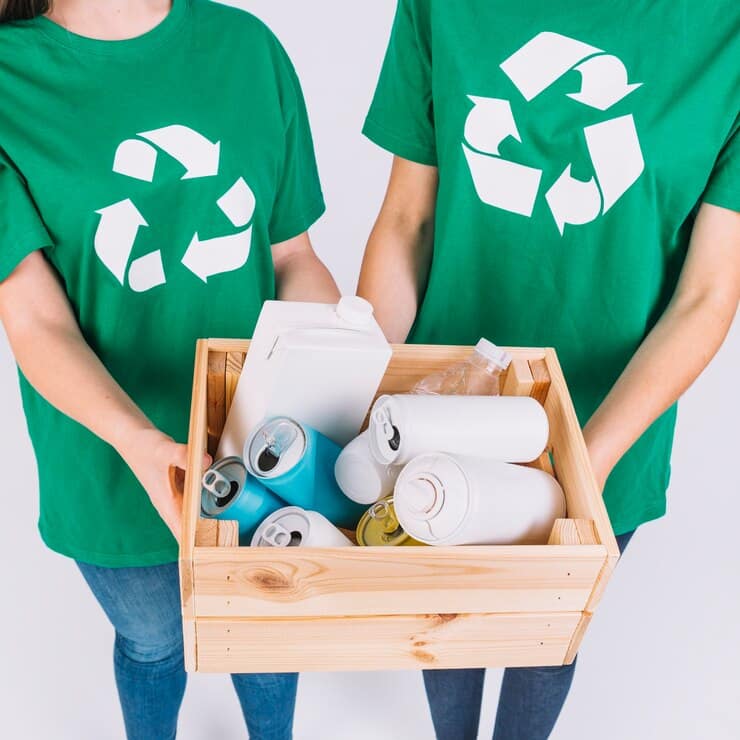
Is it really recyclable? Debunking myths about recycling
Recycling has become a cornerstone of modern environmentalism. Sorting plastics, cans, and paper into separate bins is a daily routine for millions of people. Yet, despite our best intentions, many of us don’t fully understand what actually happens to these materials once they leave our homes. The question we need to ask is: are these items really recyclable, or are we just feeding into a comforting illusion?
The myth of the recycling symbol
One of the most common misconceptions is that the recycling symbol guarantees recyclability. It doesn’t. Many products, especially plastics, carry the iconic triangle of arrows but end up in landfills or incinerators. The symbol often indicates the type of plastic, not whether it can be recycled in your local facility. For example, plastics labeled #1 (PET) and #2 (HDPE) are widely recyclable, but others like #6 (polystyrene) are rarely processed due to economic and technical challenges.
Contamination: The recycling killer
Another overlooked issue is contamination. When non-recyclable items or dirty materials are tossed into the recycling bin, they can ruin entire batches of recyclable waste. Greasy pizza boxes, for instance, are a frequent offender. While the clean parts of the box might be recyclable, the greasy portions are not. Improper sorting at home increases the likelihood that these contaminated loads will be discarded entirely, negating the effort of recycling altogether.
Wish-cycling: A well-meaning mistake
“Wish-cycling” is the practice of tossing questionable items into the recycling bin in the hope that they will be processed. This phenomenon is both widespread and damaging. People often include items like plastic bags, coffee cups, or old electronics, assuming they’ll find a second life. In reality, such items can jam recycling machinery or require additional sorting, which adds costs and inefficiencies to the system.
The reality of downcycling
Many people believe that recycling transforms old materials into new products of equal quality, but this isn’t always true. Much of what we call recycling is actually downcycling. This means materials are converted into lower-quality products that may only be recycled one more time, if at all. Paper fibers, for instance, degrade with each recycling cycle, eventually becoming unusable. Similarly, mixed plastics are often turned into products like park benches, which cannot be recycled further.
Local variations in recycling
Recycling systems are highly localized, which adds another layer of complexity. What’s recyclable in one city might not be in another. Some municipalities can process glass, while others cannot. Likewise, certain areas have advanced facilities capable of handling mixed plastics, but many still lack the infrastructure for such processes. Without clear and consistent guidelines, confusion among consumers is inevitable.
What can we do?
To make recycling more effective, we must first acknowledge its limitations. Education is critical. Local governments and recycling facilities need to provide clear, updated instructions on what can and cannot be recycled. Consumers, in turn, should make an effort to understand their local systems and avoid contaminating their recycling bins.
Investing in better recycling technology is another vital step. Innovations in chemical recycling, for instance, hold promise for breaking down plastics into their basic building blocks for reuse. However, such technologies require significant funding and support.
Lastly, reducing waste at the source remains the most impactful action. Choosing reusable items over disposable ones, supporting products made from recycled materials, and advocating for better packaging standards can all help alleviate the burden on recycling systems.
A sobering reality
Recycling is not a perfect solution. It’s a tool, not a cure-all. By debunking the myths surrounding it, we can approach waste management with a more realistic and effective mindset. While recycling will always play a role in environmental conservation, it’s crucial to pair it with broader efforts to reduce consumption and rethink how we produce and dispose of goods. Only then can we move closer to a truly sustainable future.
